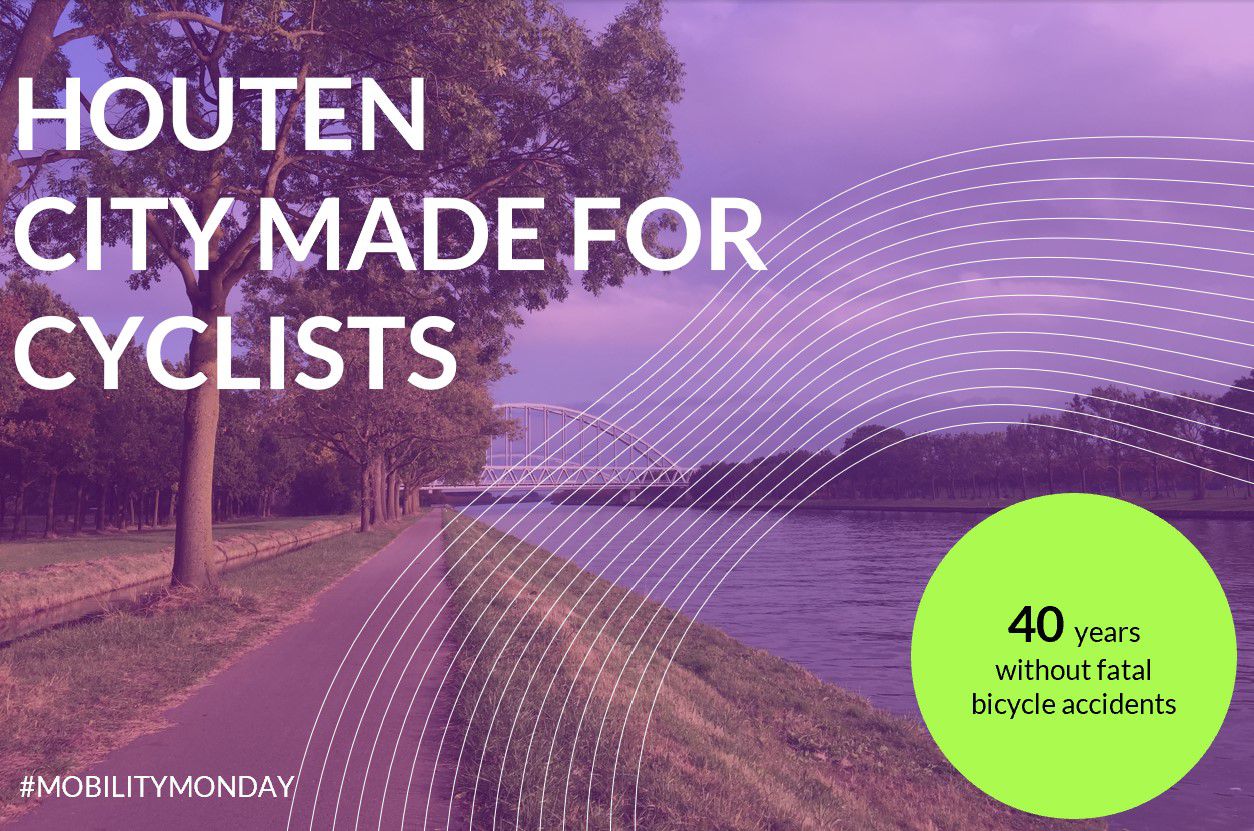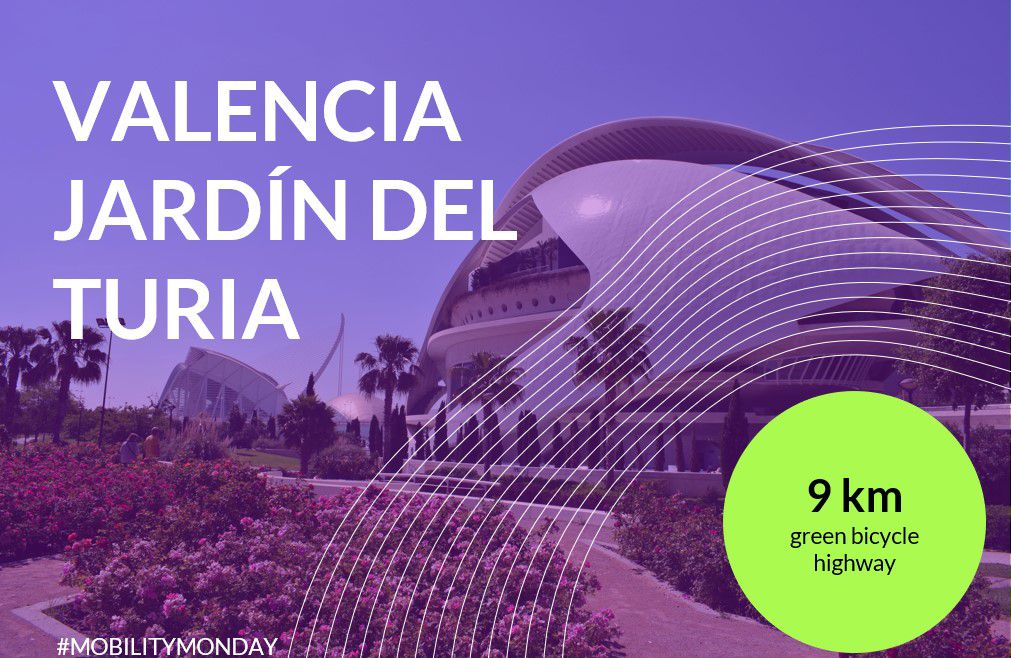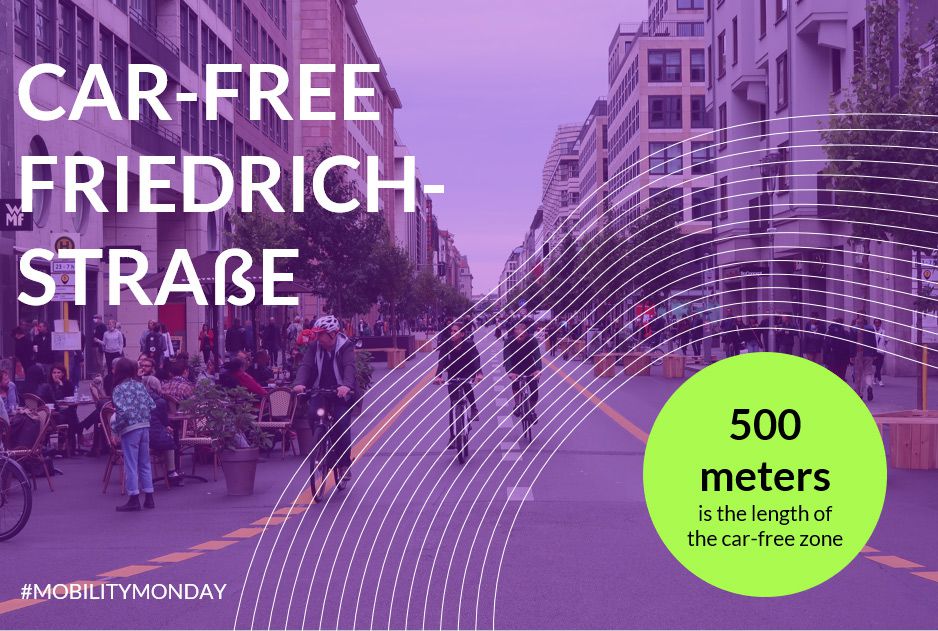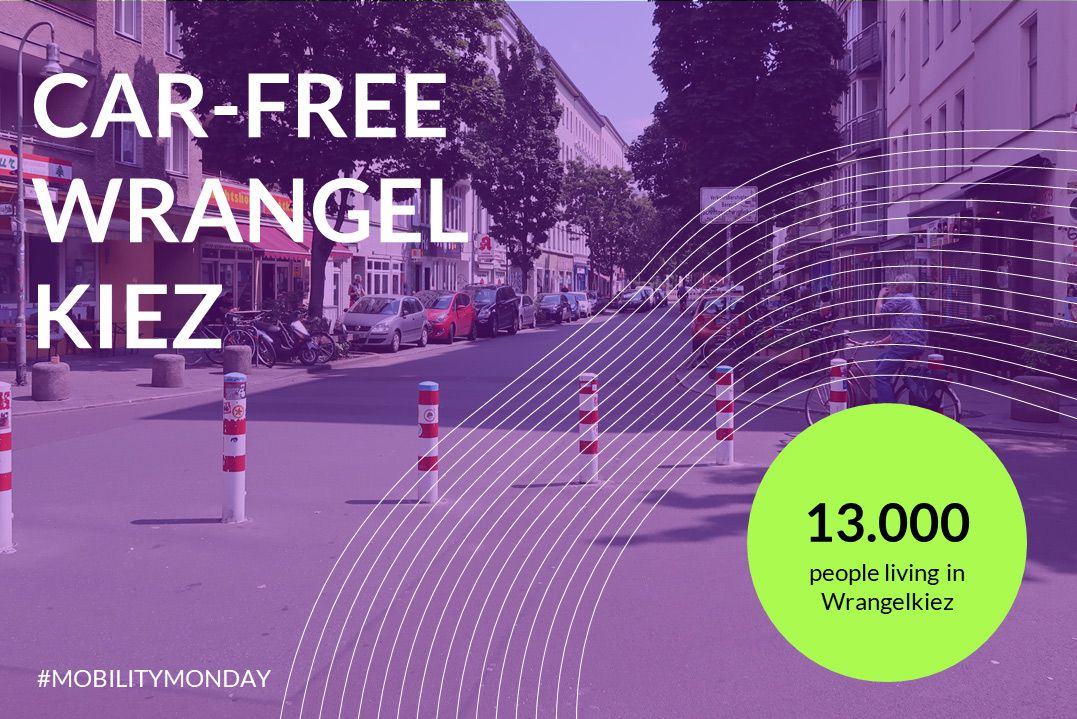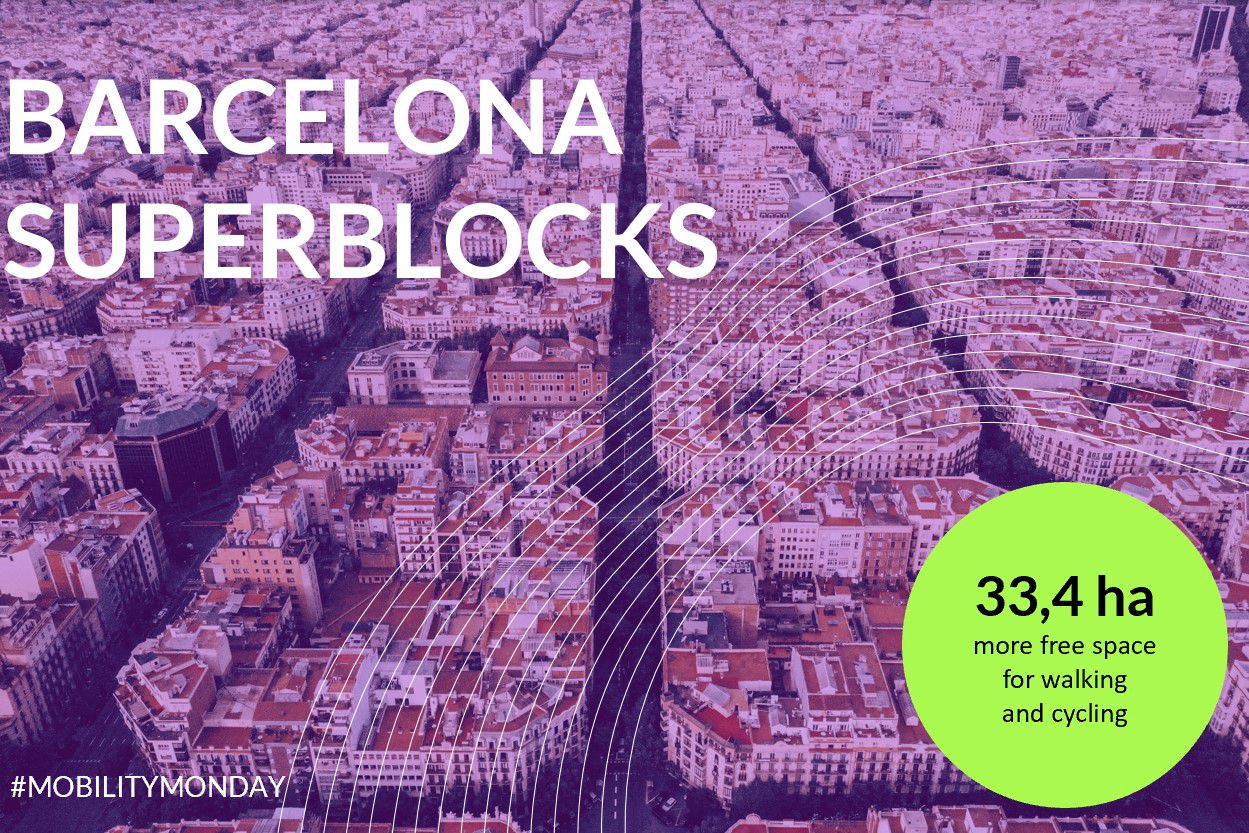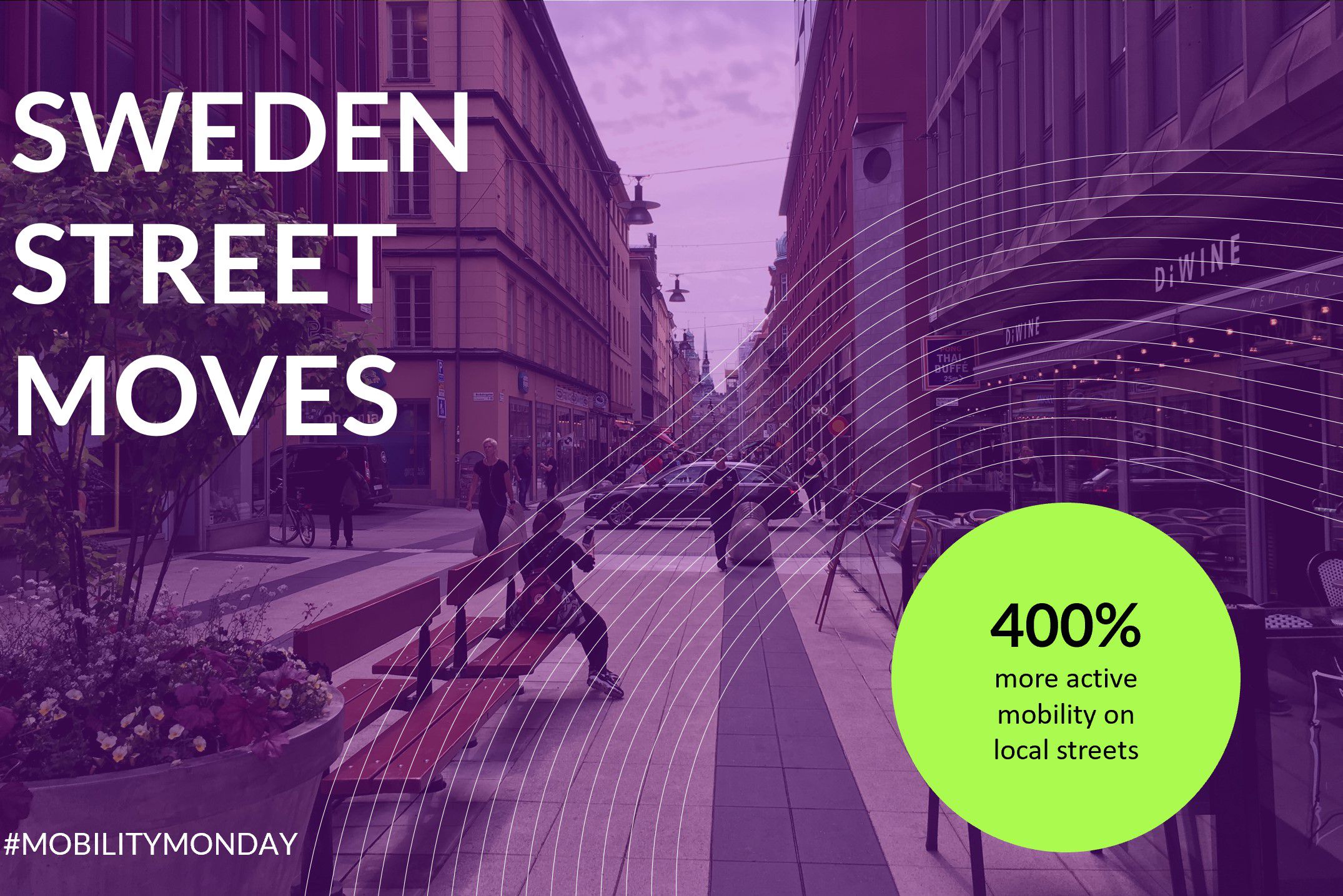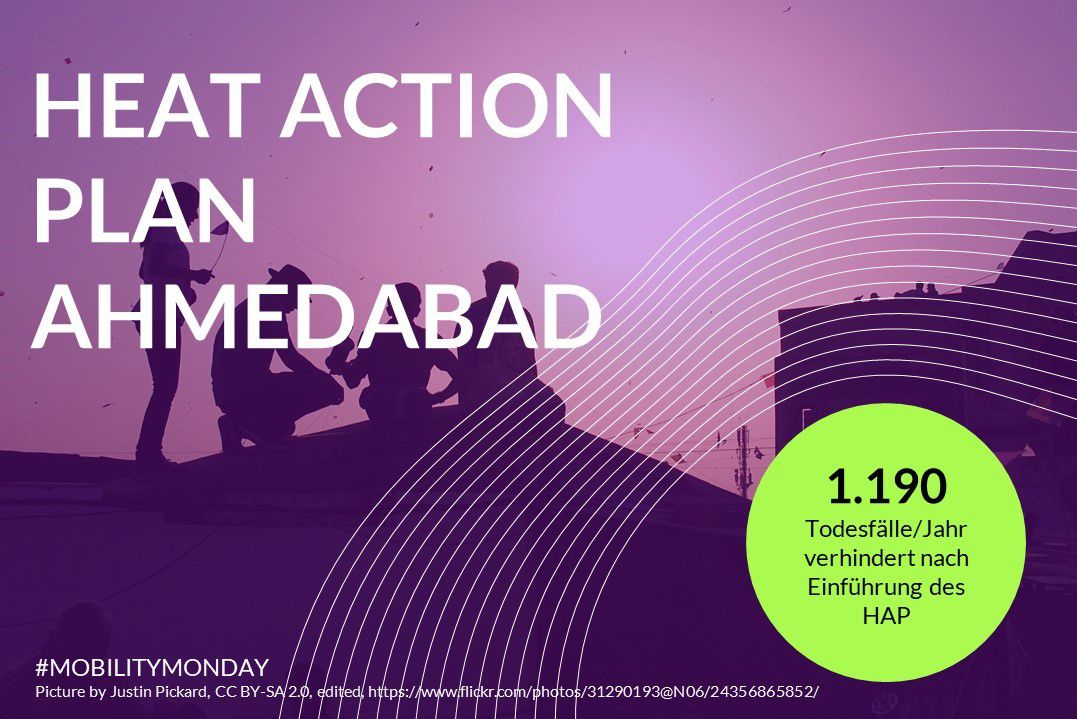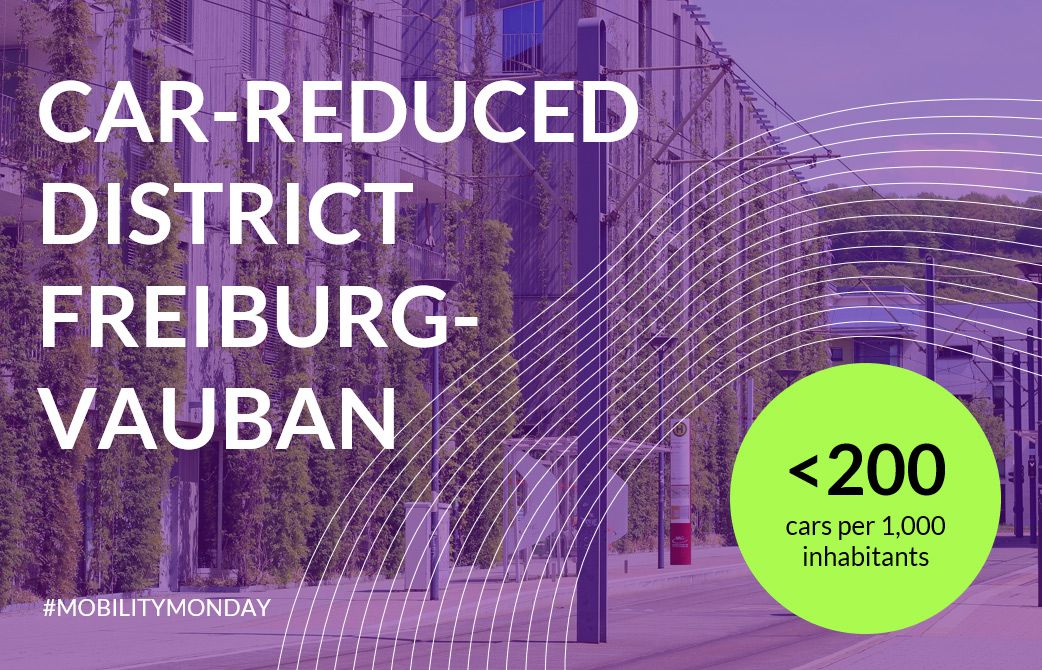Houten Cyclists City
A small town where having a car is not worthwhile at all has not been a utopia since the 1960s. Surprised? Yes, we are too, but it is true.
Dutch small town Houten serves as a unique example of livable city with an absolute priority for bicycles over cars on all roads.
As early as 1968, architect Rob Derks developed a growth plan for Houten that consisted of a road network for cyclists and limited access for cars to the city center.
The basic layout of the city is built around two train stations, each surrounded by a ring road. The rest of the city is served by a 129-km network of bicycle paths. Only in residential areas do bicycles share the roads with cars, but the speed limit applies everywhere, because safety is extremely important: there have been no fatal bicycle accidents in Houten for 40 years. Public transport connects Houten with Utrecht, among other places, easily and quickly, without the need for a car.
However, 50% of the residents own a car despite the excellent bike infrastructure. The researchers suspect that this may be due to the fact that parking in the city is quite cheap.
